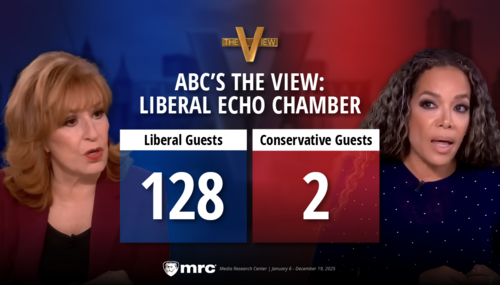
Wednesday’s Sports page featured the ominous headline, “Tide Fans Risk More Than a Celebratory Hangover” over a judgmental take by reporter Gillian Brassil:
Alabama had a lot to celebrate, so football fans in Tuscaloosa did just that: tossing beer bottles, banners and masks; climbing trees, light posts and one another.
It was as if the backdrop to the title game, a deadly pandemic, did not exist, even though about 250,000 Americans have been found to have new cases of the virus daily over the past week.
On Monday night, the University of Alabama football team won its 18th national championship, beating Ohio State in a 52-24 rout in Miami Gardens, Fla. And just as in previous championship seasons, thousands of fans took to the streets outside the collection of restaurants and bars in Tuscaloosa, Ala., known as the Strip.

Brassil’s conclusion was both ominous and tasteless, as if the celebrants were just asking to catch the coronavirus based on their behavior.
The next few weeks could tell what the consequences of that celebration might be.
Got it? Football celebrations in red states are dangerous. But the exact same virus threats go unmentioned during racial protests or during celebrations of Joe Biden’s victory with block parties.
The same silence marked unmasked mass celebrations after the Los Angeles Lakers won the NBA Championship in October 2020. The games were all played in Orlando, but that didn’t stop fans from taking the streets unmasked around the Staples Center in Los Angeles. Yet a nytimes.com search suggested the paper raised no concerns about virus spread, which apparently only happens among college football fans in Red States, not pro basketball fans in liberal cities.
A photo caption over mostly unmasked fans from this story read: “Lakers fans celebrated in front of the Staples Center on Sunday.” The pandemic was even mentioned separately but no connection made:
On Sunday evening near my apartment, cheers erupted from the sports bar showing the game on its patio. Fireworks exploded across the city, and in Downtown Los Angeles, crowds got rowdy….The memory of one of the last times fans spontaneously gathered outside Staples Center -- to mourn the shocking death of Kobe Bryant -- loomed large.
And the Lakers’ victory over the Miami Heat capped a surreal, momentous season defined by the pandemic and by protest against racism and police brutality.
Virus? What virus?
By contrast, the paper’s liberal rival The Washington Post noticed the gathering and even worried about the consequences: “Lakers fans’ parties might have fueled L.A. County coronavirus spike, official says.”
The week before the game, the paper’s sports-hating sports columnist Kurt Streeter pompously proclaimed the University of Connecticut (which has no football tradition to speak of) the true national champions, for skipping the season because of Covid concerns: “This Term Deserves A Trophy: It Went 0-0.”
So how did a fall without football unfold?
As students descended upon the Storrs, Conn., campus for the start of the school year, the virus took off, same as at other universities nationwide. Twenty-three of Connecticut’s roughly 100 players ended up catching it, though none became seriously ill.
Since classes were online, Edsall gave the green light to anyone who wanted to go home. Roughly a dozen did. The rest stuck close to school. They practiced and lifted weights, paying strict attention to distancing. The unusual experience bonded them in ways they had never imagined.
Why practicing (including lifting weights, presumably an indoor activity) is admirable, but actually playing games outdoors is terrible, is left unexplained. Streeter also left out that the team stopped football activities in August “after six football student-athletes tested positive for the coronavirus.”




